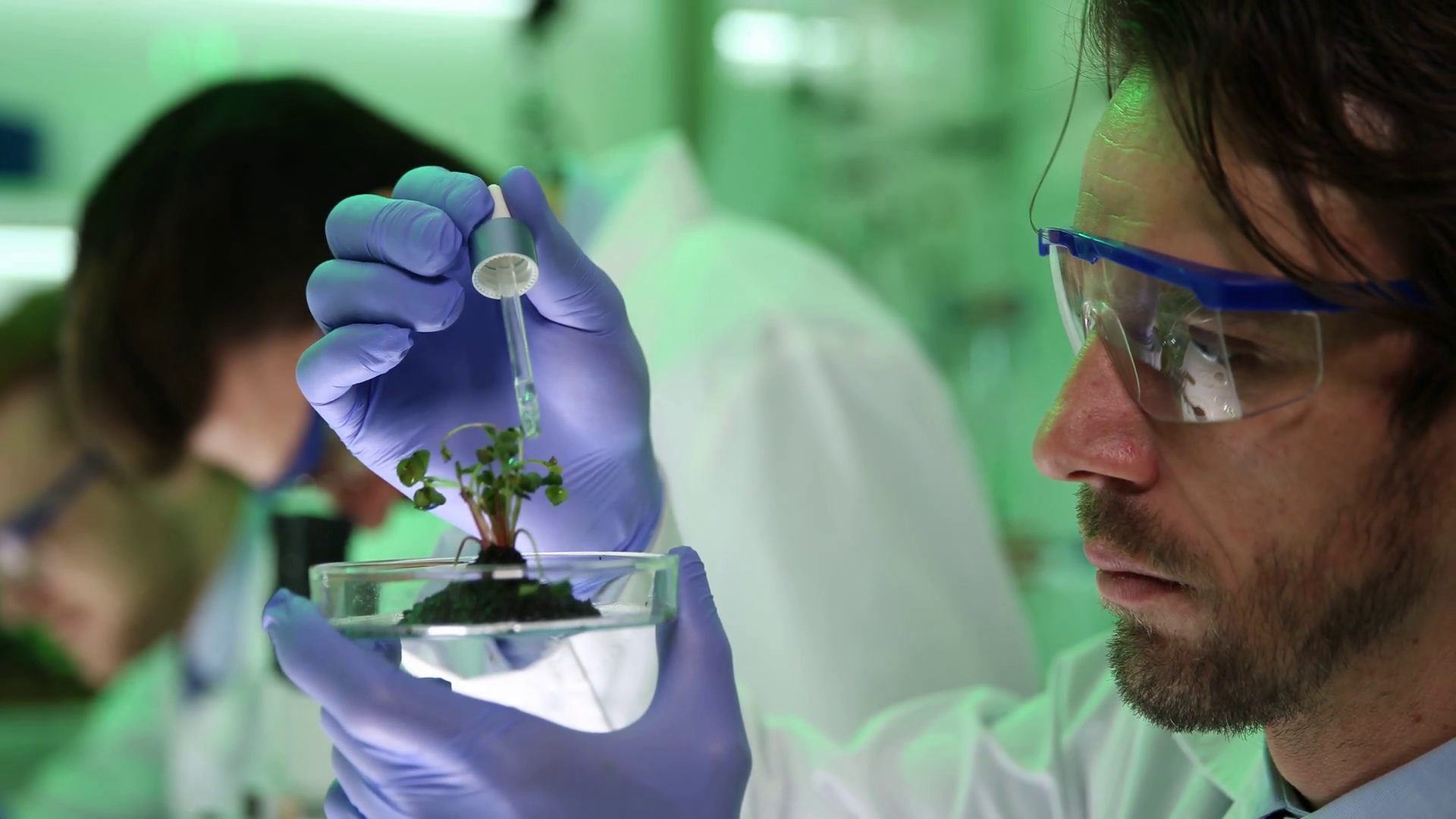
Genetically Modified Plants (GMP) are plants that result from a genetic modification. This process aims to improve the quality of the plants. With genetic modification, we can produce plants that fit the ideal mould: short harvesting period, sweet fruits, improved nutrition, and many more. GMP profit us in a lot of different ways.
There are two common methods that scientists use to produce GMP. The first way is using Agrobacterium tumefaciens as a vessel to transfer DNA to a plant. The second way is gene gun, a method that directly inserts a DNA-containing microscopic particle into a plant. Both are performed using tissue culture.
One of the success stories of GMP is Golden Rice. A while back, some developing countries suffered from the lack of Vitamin A, pushing scientists to think hard to solve the issue. Our bodies synthesize Vitamin A with the help of beta-Carotene, a chemical element commonly found in plants, but not cereals and wheat. The strategy of Golden Rice is embedding the correct metabolism steps into the endosperm of rice to make synthesizing of beta-Carotene possible.The final result is an increased level of Vitamin A.
Another advantage of GMP is the improved quality of produces, as they are resistant to pathogens, parasites, and insects. For example, a plant received a gene from Bacillus thuringiensis, a bacteria that generates insecticide protein, making it immune to insects.
We can conclude that GMP has a lot of benefits for humans. However, there are some who believe that consuming genetically modified products can be hazardous to health. Regardless of the fact whether it is true or not, producers have the responsibility to put a “GMO” label on the products and let the consumers make their own choices.
Text by Anggie Triana
Stock photos from Google Image Search
Source(s):
- Key, S., Ma, J. K. C., Drake, P. M. W. (2008). Genetically modified plants and human health. J R Soc Med. Vol 101(6):290-298.